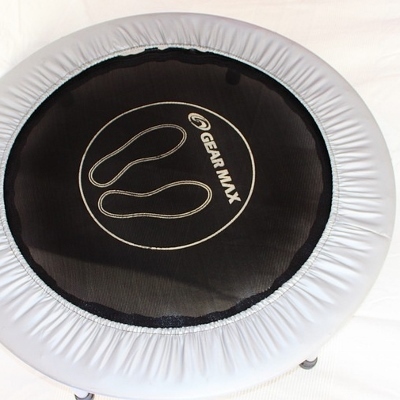 When did you start wearing eye glasses, as a school child to see the blackboard better or did you find you needed them for reading, computer work or operating a vehicle in your later years? I started requiring eyewear when I turned forty-five, I was actually happy to utilize them because most of my family members wore them and I felt left out, never needing them so therefore my stylish spectacles were a cool accessory.
When did you start wearing eye glasses, as a school child to see the blackboard better or did you find you needed them for reading, computer work or operating a vehicle in your later years? I started requiring eyewear when I turned forty-five, I was actually happy to utilize them because most of my family members wore them and I felt left out, never needing them so therefore my stylish spectacles were a cool accessory.
It’s only natural as we mature and age for our vision to deteriorate, but there is good news on the horizon as there are some proactive steps that we can take to keep our eyes healthy and working well for us. I’ve chosen two separate diseases that typically occur with the aging process.
AMD or Age-Related Macular Degeneration is a common problem for many. This disease blurs the sharp, central vision for straight ahead activities that you need to read, sew and drive. It causes no pain, but limits your viewing of fine detail. AMD does not affect everyone the same way, however, if you are Caucasian you do have a greater risk to develop it. Smoking and family history are also higher misfortunes of contracting this ailment. Later stages may result in vision loss. Some certain lifestyles may just help in curbing the end stages of this disease such as:
- Quitting smoking
- Exercising regularly
- Eating leafy green vegetables and fish
- Maintaining good blood pressure and cholesterol numbers
Another affliction that we may experience as we age is cataracts. A clouding in the eye that affects vision and is related to aging lurks around the lens behind the iris and pupil. By the time a person reaches the age of eighty more than 50% have either had a cataract or have had cataract surgery according the National Eye Institute. Unfortunately, the cataract may grow larger making it more difficult to see. Those that research this disease have discovered that smoking and diabetes may also be a few of the culprits when being afflicted, and there are other types of cataracts that may occur, such as from eye surgery, exposure to some types of radiation, and congenital cataracts, yes even babies can be born with them. Surgery is the only way to remove a cataract, but there are those who can compensate by wearing eyeglasses. The Mayo clinic has stated that no studies have proved to prevent cataracts, however, they also advise living a healthy lifestyle by:
- Having regular eye exams
- Quitting smoking
- Reduce alcohol over use
- Wear sunglasses to protect your eyes from harmful ultraviolet lights, even on cloudy days
- Manage all health problems
- Choose a healthy diet that includes colorful fruits and vegetables
So as you can see it’s pretty much a given to maintain a healthy lifestyle and becoming model poster children for the eye doctor. By the way, do you know the difference between an Ophthalmologist, Optometrist and Opticians?
- Ophthalmologists are medical doctors and can perform eye exams and eye surgery
- Optometrists are medical professionals, but not physicians, they can perform eye exams and prescribe eyeglasses and contact lenses
- Opticians cannot give eye exams, but they can fill the prescriptions from the eye doctor
And last but not least, you know that old wives’ tale that we grew up with about carrots and eyesight? Carrots actually do have beta-carotene a form of Vitamin A which aids the retina and other parts of the eye to function smoothly. So eat your peas and carrots for a better view of the world!





